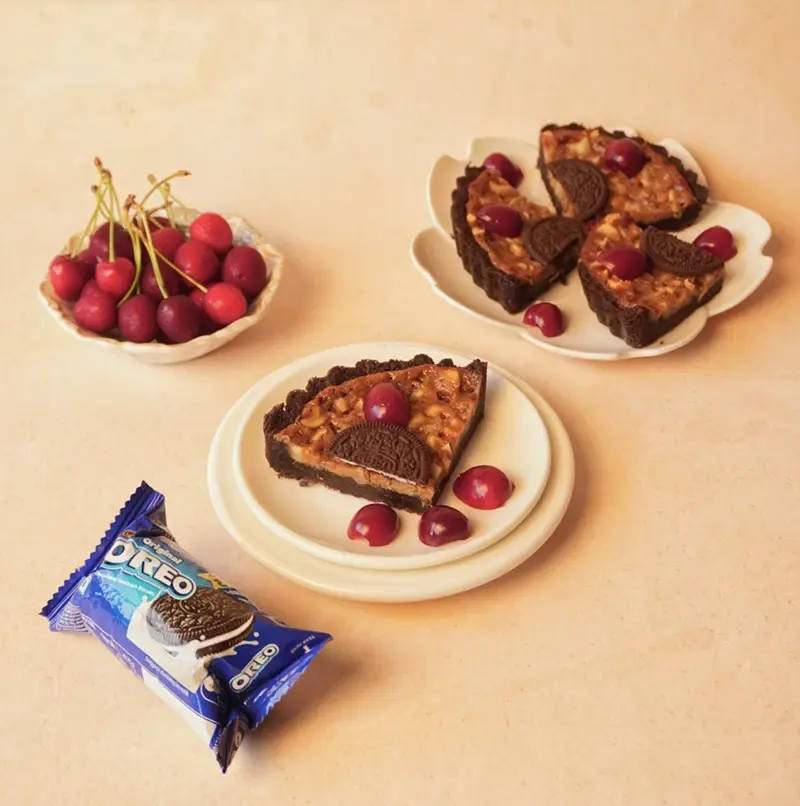When planning to make a plum cake with raisins and Bournville bits, this guide will teach you all you need to know, important tips included.
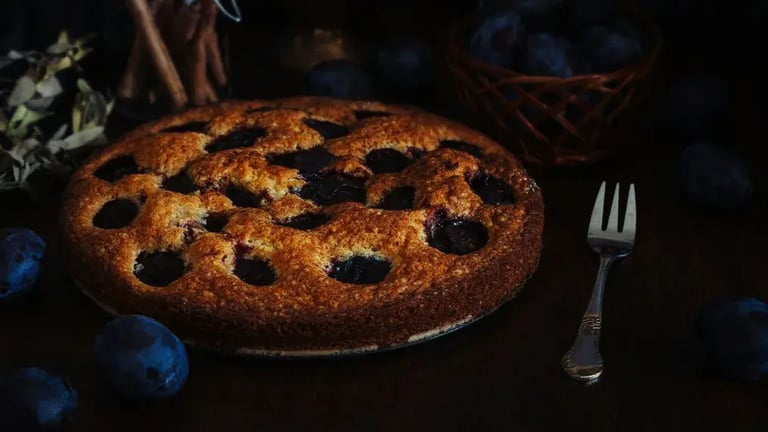
There’s something undeniably magical about plum cake, the kind that appears on dessert tables during the holidays, heady with the scent of warm spices and dotted with jewel like dried fruits. Traditionally made during Christmas, this rich, moist cake has now become a year round indulgence for those who crave a nostalgic bite of warmth and sweetness. Recently, a modern twist has gained popularity -- the plum cake with raisins and Bournville bits, combining the tangy richness of traditional dried fruits with the bittersweet elegance of dark chocolate. The result? A festive treat that satisfies both old school fruitcake lovers and modern chocolate enthusiasts. Making this cake at home isn’t just about baking, it’s about infusing your kitchen with joy and your palate with celebration. So here’s how to master the art of the perfect festive plum cake, with the luxurious addition of Bournville chocolate that enhances its depth and complexity.
The dried fruits
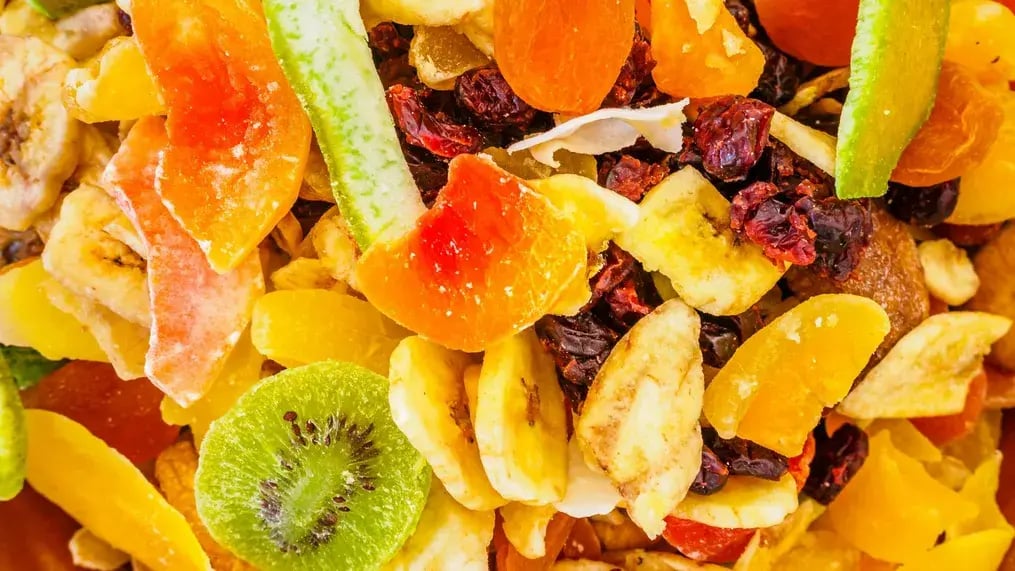
One of the most crucial steps in preparing a festive plum cake is soaking the dried fruits ahead of time. This isn’t a step to be skipped. Soaking softens the fruits, infuses them with flavor, and ensures a tender, moist crumb in the final cake. To begin, take a mix of chopped raisins, candied orange peel, cranberries, chopped prunes, dates, and figs. Soak them in a blend of rum, brandy, or orange juice, depending on your preference, for at least 24 hours. Some seasoned bakers begin this process weeks in advance, storing the mixture in a jar and giving it a shake every few days to deepen the flavors. Once soaked, drain the fruits gently, reserving a tablespoon or two of the soaking liquid if desired, and toss them in flour before adding them to the batter. This prevents them from sinking to the bottom of the cake while baking.
The chocolate

When adding chocolate to plum cake, the choice of cocoa matters. Bournville, known for its dark, rich flavor and smooth texture, offers a refined balance to the fruity sweetness of the cake. Use a bar of Bournville chopped into coarse bits rather than chocolate chips since it gives uneven pockets of melting chocolate throughout the cake, which add moments of indulgence in every slice. In the context of the plum cake with raisins and Bournville bits, the bitterness of dark chocolate offsets the sugary chew of raisins and the syrupy soaked fruits, resulting in a multidimensional flavor profile.
The batter
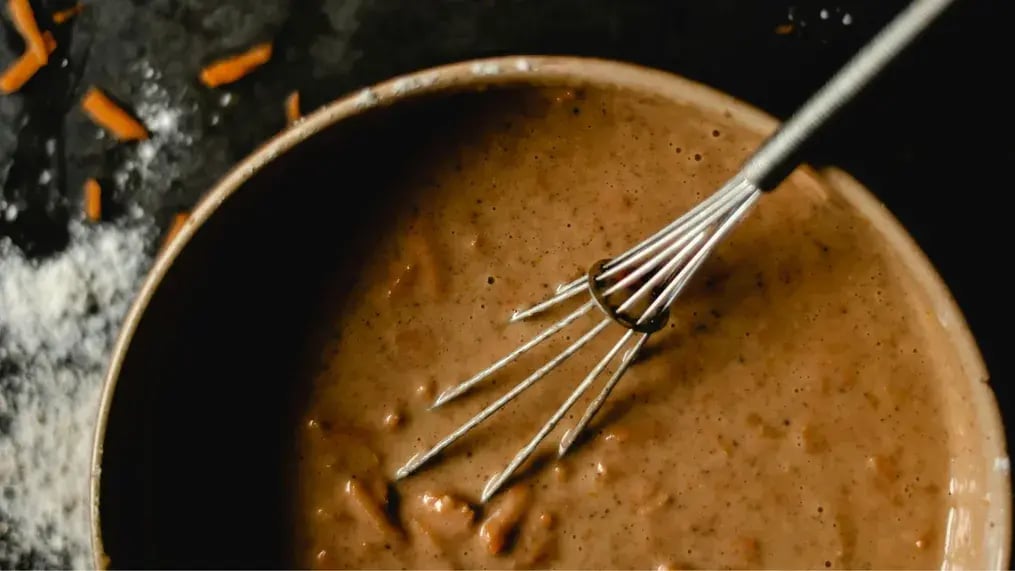
The batter for a plum cake is unlike that of a sponge or pound cake. It’s denser, spicier, and often made with brown sugar or jaggery to add depth.
- Start by creaming unsalted butter with brown sugar until fluffy.
- Then add eggs one at a time, followed by a touch of vanilla extract, orange zest, and the reserved fruit soaking liquid if using.
- Dry ingredients should include all purpose flour, baking powder, and a generous pinch of warm spices like cinnamon, nutmeg, clove, and allspice. Some bakers even add ground ginger or cardamom for an Indian twist.
- Fold the flour mixture gently into the wet ingredients and then stir in the flour coated soaked fruits along with the Bournville bits.
- For an added texture contrast, you can also stir in chopped almonds or walnuts.
The caramel syrup
Another trick for the perfect festive plum cake is incorporating homemade caramel syrup. This gives the cake a deep, toffee like undertone and a gorgeous color. Simply heat sugar in a pan until it melts into an amber liquid, then slowly add water to loosen it into a syrup. Let it cool and stir it into the batter just before baking. This step can truly transform your plum cake with raisins and Bournville bits into a professional level dessert.
The baking

Preheat your oven to 150°C or 325°F and prepare a loaf or round tin by greasing and lining it with parchment paper. Since this cake is rich and dense, it requires slow, even baking. Pour the batter into the tin, level the top, and bake for 60–90 minutes, depending on the size of your pan. A skewer inserted into the center should come out with a few moist crumbs but no wet batter.
After baking, allow the cake to cool in the tin for 15 minutes, then turn it out onto a wire rack. Let it cool completely before slicing. Plum cake tastes even better after a day or two of resting, as the flavors deepen and the texture softens.
Like This Article?
More Like This
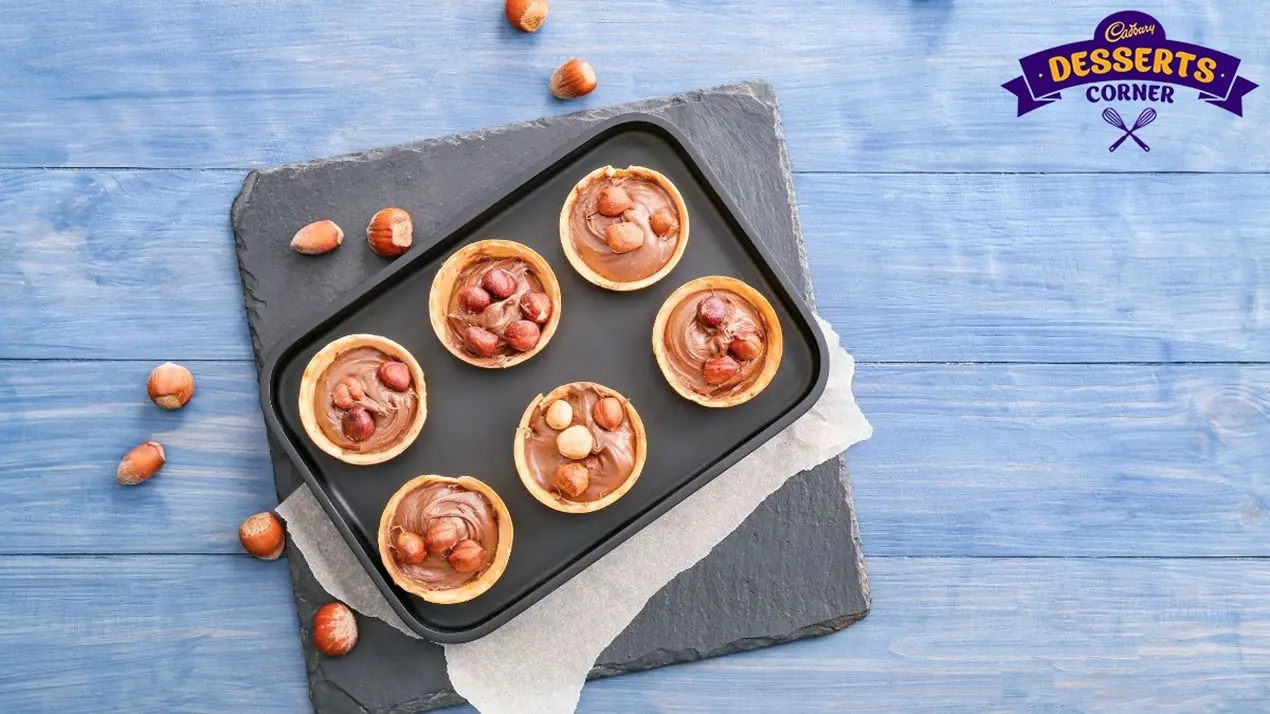



Popular Articles





Trending Web Stories
Curated Recipes


















